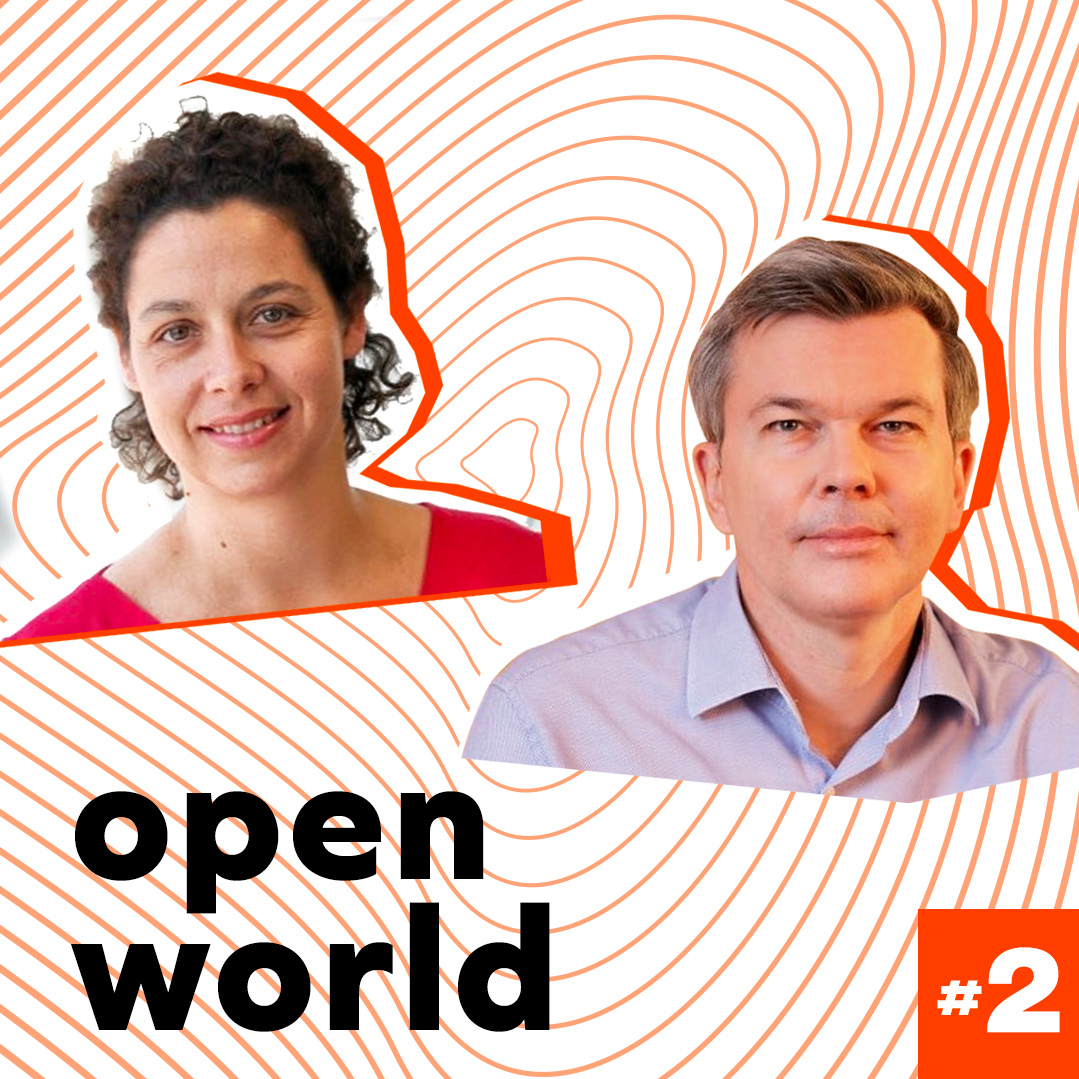“A good nudge should preserve an individual’s freedom of choice and avoid using manipulative tactics.”
-
your country
Have a specific need related to mobility?
Check out the Mobilize website that shows the offers in your country. -
explore Mobilize
Mobility seen as a set of services whose design starts with the vehicle, based on a technological platform! Find out about the mission and solutions of a new kind of brand.
read more -
mobility services
Whether you’re an individual, entrepreneur or professional in the transportation of people or goods, we develop customized services. You’ll find a solution perfectly suited to your needs.
read more -
battery recycling
What if an electric vehicle battery had multiple lives? Find out about all our initiatives for reusing batteries after their automotive life, thus helping to preserve resources and accelerate the energy transition.
read more -
#wearemobilizers
Our news, events, as well as articles, videos, infographics and podcasts decipher the major trends in mobility. Dive into a wide selection of content.
welcome aboard




